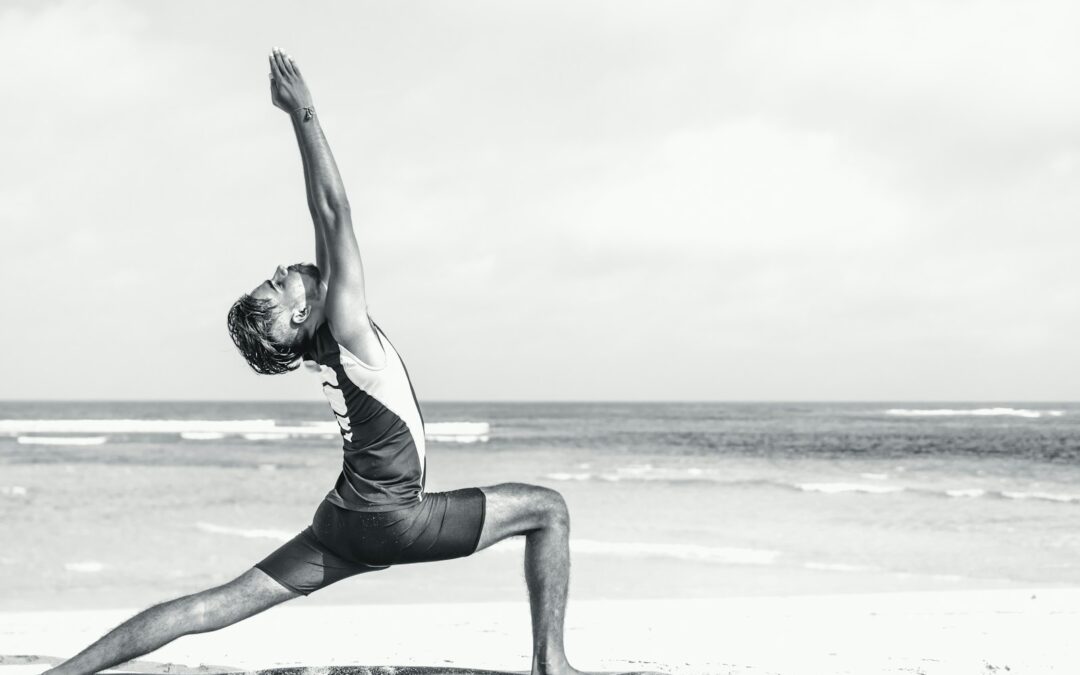Yoga for Low Back Pain: Top Poses to Relieve Discomfort and Strengthen Your Core
Low back pain is a common issue that affects people of all ages and lifestyles. Whether caused by poor posture, muscle strain, or prolonged sitting, back pain can significantly impact daily life. Fortunately, yoga offers a holistic approach to alleviate discomfort and strengthen the muscles supporting the spine. In this article, we’ll explore the best yoga poses to help relieve low back pain, improve flexibility, and enhance overall well-being.
Understanding Low Back Pain
Before diving into specific yoga poses, it’s essential to understand the causes of low back pain. The lower back, or lumbar region, supports much of the body’s weight and plays a crucial role in movement and stability. Common causes of low back pain include:
- Muscle Strain: Overstretching or tearing of muscles and ligaments in the back.
- Herniated Disc: A condition where the soft inner material of a spinal disc pushes through its outer layer.
- Poor Posture: Sitting or standing incorrectly can strain the back muscles.
- Sedentary Lifestyle: Lack of physical activity can weaken core muscles, leading to back pain.
Yoga Poses to Alleviate Low Back Pain
Incorporating yoga into your routine can help alleviate low back pain by stretching and strengthening the muscles around the spine. Here are some effective yoga poses to try:
1. Child’s Pose (Balasana)
Child’s Pose is a gentle stretch that helps release tension in the lower back.
- How to Perform:
- Start on your hands and knees.
- Sit back on your heels, extending your arms forward.
- Rest your forehead on the mat and relax your shoulders.
- Hold for 30 seconds to a minute.
2. Cat-Cow Pose (Marjaryasana-Bitilasana)
This dynamic movement helps increase flexibility in the spine and relieve tension.
- How to Perform:
- Start on your hands and knees in a tabletop position.
- Inhale, arch your back, lifting your head and tailbone (Cow Pose).
- Exhale, round your spine, tucking your chin and tailbone (Cat Pose).
- Repeat for 10-15 breaths.
3. Downward-Facing Dog (Adho Mukha Svanasana)
Downward-Facing Dog stretches the hamstrings, calves, and spine, helping to relieve lower back tension.
- How to Perform:
- Start on your hands and knees.
- Tuck your toes under and lift your hips toward the ceiling, forming an inverted “V” shape.
- Keep your hands shoulder-width apart and your feet hip-width apart.
- Hold for 5-10 breaths.
4. Sphinx Pose (Salamba Bhujangasana)
Sphinx Pose gently stretches the lower back while strengthening the spine.
- How to Perform:
- Lie on your stomach with your elbows under your shoulders and forearms on the ground.
- Press your forearms into the mat and lift your chest, keeping your lower body relaxed.
- Hold for 30 seconds to a minute.
5. Reclined Pigeon Pose (Supta Kapotasana)
This pose targets the piriformis muscle, which can contribute to lower back pain if tight.
- How to Perform:
- Lie on your back with your knees bent and feet flat on the floor.
- Cross your right ankle over your left knee.
- Thread your right hand through the gap between your legs and clasp your hands behind your left thigh.
- Gently pull your left thigh toward your chest.
- Hold for 30 seconds to a minute, then switch sides.
Additional Tips for Managing Low Back Pain
In addition to practicing yoga, consider these tips to help manage and prevent low back pain:
- Maintain Good Posture: Sit and stand with your back straight and shoulders relaxed.
- Stay Active: Regular physical activity helps strengthen core muscles and maintain a healthy weight.
- Use Proper Lifting Techniques: Bend your knees and lift with your legs, not your back.
- Stay Hydrated: Adequate hydration supports spinal disc health.
Conclusion
Yoga is an effective and accessible way to manage low back pain. By incorporating these poses into your daily routine, you can improve your flexibility, strengthen your core, and alleviate discomfort. Remember to listen to your body and consult a healthcare professional before starting any new exercise program, especially if you have a pre-existing condition. With consistent practice, you’ll find relief from back pain and enjoy the many benefits of a healthier, more flexible body.
For more information about our clinic, medical professionals, and treatment options, please visit our main website.
